
All categories
Featured selections
Trade Assurance
Buyer Central
Help Center
Get the app
Become a supplier

(178132 products available)
























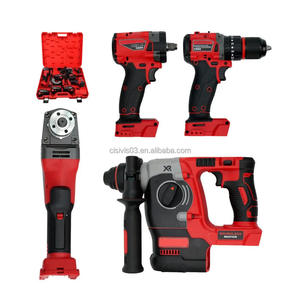



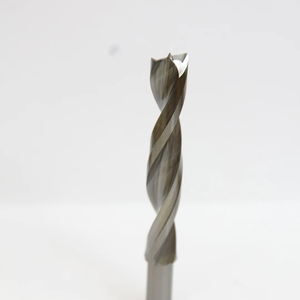


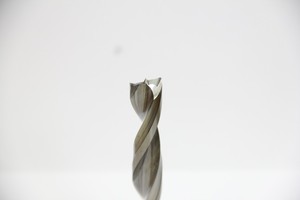

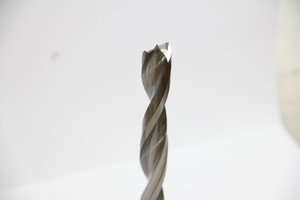

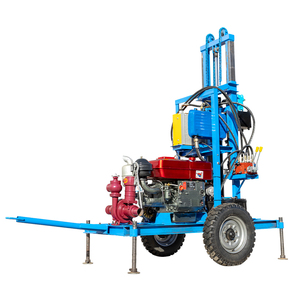




Also called impact two, an impacktdrill provides bursts of torque. That occurs when the drill bit meets some resistance. Unlike a hammer drill, where the internal plate continuously slaps the anvil for basic hammering power. An impact drill provides sudden and hard torque bursts to twist the drill bit. This helps the bit power right through tough materials like hardwood and metal.
The bursts also minimize stalling by constantly resetting the bit's position. It's like having an automatic variable-speed drill that goes harder or softer, depending on the task at hand. This unique mechanism is why impact drills are sometimes called torque drills.
Conversely, there is a drill designed to spin forward and reverse. This drill is primarily used for driving, removing, and resetting screws and fasteners. Reversible drills are essential for tasks requiring consistent rotation in either direction. This is particularly important in mixing applications, where the material must be thoroughly combined by alternating the bit's rotation. Their versatility makes reversible drills a popular choice in construction and maintenance.
Spade drills are suitable for quick and rough drilling in different materials. Their structure consists of a flat blade or spade tip secured to a drill bit shaft. This allows drilling large holes quickly. Spade drills are low-cost and suitable for non-precise applications such as electrical and plumbing installations. They are not recommended for long-term use, as their efficiency decreases with extended use.
Pneumatic drills use compressed air. They are mostly applied in industrial settings. Their primary feature is resistance to explosion ignition. This resistance makes them ideal for use in potentially explosive environments, such as oil and gas industries. It also enables drilling in hard rock. However, it requires a constant supply of air, which needs air compressors to be nearby.
Stone drills offer precision and effectiveness
One of the most important benefits of using a drill is that it provides accuracy. A drill guarantees correct holes when making holes on walls for installation of cabinets or drilling in mechanical and construction works. This ensures better results.
Making holes of different sizes
Another benefit of drills is the ability to create holes of all sizes, from tiny holes for installing magnetic catches on cabinets to larger ones for handles and hinges. Adjustable drill bits are available to provide this variety.
Utility
Another reason users like drills is because they can do several things with them. Apart from drilling holes, drills can also be used to drive screws during installations. Having only one gadget for such diverse applications increases convenience and reduces the need to have multiple tools in one
Drills are time-saving and effort saving
Using a drill compared to using traditional methods like hand drilling is undeniably quicker. This makes it a significant time saver. Furthermore, it makes drills more efficient. When combined with driving screws, drills reduce the labor needed to complete many tasks.
Overheating and damage
Continuous use of drills, especially on hard materials, can generate an overheat. This is detrimental to the drill itself and the material being drilled. Excess heat may degrade the drill bit, as in frequent bit changes. It might also blunt the end and reduce its effectiveness in cutting. In more critical cases, it might crack the work item.
Noise production
Drills, especially pneumatic and electric drills, are associated with noise production. Excessive noise is hazardous to the hearing of the people working in the area. It can also be annoying and thus impact productivity if not controlled.
Risk of overdriving screws and stripping
Electric drills, in particular, have the problem of too much power, mainly when the torque settings are not properly adjusted. This can lead to overdriving screws. This often ends up stripping the screw head or damaging the surrounding material. It may also happen in the case of bits, where too much pressure is exercised on the drill bit. This may lead to it snapping and consequently injuring the person operating the drill.
Maintenance requirements
Pneumatic drills often necessitate consistent lubrication and monitoring of air compressors to ensure they operate effectively. While this is an advantage, it could also mean additional work and time are needed to maintain the drills continuously.
In the construction industry, drills are applied in concrete and masonry hole creation during building works. Hammer drills and rotary drills are especially designed for this hard material. These two models provide the percussive force required to penetrate concrete walls, slabs, and foundations effectively. The accuracy and speed of drills assist in improving anchor installation, resulting in better structural integrity and precise finishing in construction projects.
Mechanical engineers apply drills for creating precision holes in different materials like metal, plastic, and composites. Cordless drills and hammer drills are greatly useful in assembling machines, vehicles, and equipment. They help improve part alignment. This is helpful in terms of ensuring the functionality of the machine. In mechanical maintenance, drills are used to remove worn or damaged fasteners. This makes it easier to replace parts without causing damage to the surrounding components.
Pneumatic drills are employed in drilling operations in the oil and gas sector. The drills are used to penetrate rock layers and reach oil and natural gas reservoirs. Pneumatic drill advantages are efficiency and ability to withstand extreme conditions that make them ideal for such large and rugged terrain exploration. Maintaining safety standards in potential explosion environments requires drills with good internal and external components.
Drills are used to explore mineral deposits in the mining industry. According to the type of drill used, miners can create test holes to assess the value and quantity of minerals in the ecosystem before full-scale mining begins. Cored and rotary drills are used in this application. The accuracy of these drills directly impacts the mine's economic viability. Thus, using effective drills, as required in this industry, is highly indispensable.
Precise hole placement and high-quality drilling are critical in the aerospace industry. This is because even a small mistake may result in catastrophic consequences. Therefore, they use specialized drills, including micro-drills and guided drills. These drills ensure accurate holes in airplane parts and spacecraft components. They are also used to assemble and maintain aircraft.
Screw and hole sizes
The first consideration is the size of the screws and the holes that should be drilled. As a rule of thumb, the drill bit diameter should be equal to the screw shaft diameter plus the hole needs to be a bit larger than the screw width. Conversely, for smaller screws, the bit only has to be larger than the minor diameter of the screw.
Material and application
The application and material it will be used on should dictate the drill type and bit selection. For soft materials like wood and plastics, standard twist bits and brad point bits are ideal. Other specialized drills include spade bits, auger bits, hole saws, etc. For hard materials like metals and concrete, there are other drills and bits that will suit the task, including steel and carbide-tipped drills.
Drills factory service provision relevance
There are four common drill factories - twist drill factory, core drill factory, gun drill factory, and tube mill drill factory, and each provides different drill types to suit different applications. While the twist drills create a general-purpose drill used in most applications, the core drills create a bit used for practical and expensive materials. Gun drills are unique, high-precision drills for specialized holes, while tube drills offer depth and diameter efficiency in large-scale operations. Accordingly, businesses will cater to will vary based on the drill type and client application.
Cooling method
Cooling methods are another way to categorize drills concerning contaminants. For example, while some drills in dry cooling, in others, cooling is accomplished by fluids. In some, like the pneumatic drill, there is no need for a cooling method because it employs air as its working medium. Drills that require fluids for cooling are not only inefficient but also expensive, as this is an added cost with the drills.
Both cordless and corded drills can be better depending on where they are applied. Corded drills have constant power. This means they are more powerful and effective, especially for long hours and heavy-duty tasks. Cordless drills are more handy because they can be used anywhere without power outlets, but they might not be as strong as corded drills. They are mainly for simple home and light work.
The drill bit material has its needs, especially concerning what it should drill. It also affects the bit's durability and, therefore, the efficiency of the task. Drill bit materials range from high-speed steel, cobalt steel, carbide-tipped, and solid carbide, each with its effectiveness depending on the material to be drilled and the condition of the drill, whether dry or wet. There are also drills for different activities.
Frequent smoking from a drill shows that it is overheating. This can happen due to exerted strain, extended use, or using the wrong bit. Smoking means that the drill is damaged. When the drill smokes, allow it to cool before using it again. No, it is also good to assess the cause of smoking to rectify it and continue with efficiency and effectiveness.
Assuming that high-quality electric drills are used and with maintenance practices, electric drills can last anywhere from three to 10 years. Pneumatic drills may last less, around a maximum of five years, due to wear from constant use and the air environment. However, more than just the time, the life of drills can also be considered in the usage hours. The life can also be affected by the material being drilled and the working conditions.
The main tool that can be used with drills is the lathe. Other compatible tools include shapers, milling machines, and grinders. Tapping machines, pneumatic hones, and flexible shaft grinders are other drilling machines for tapping, honing, and flexible shaft grinding, respectively. All these tools are paired with drills for efficiency and effectiveness.